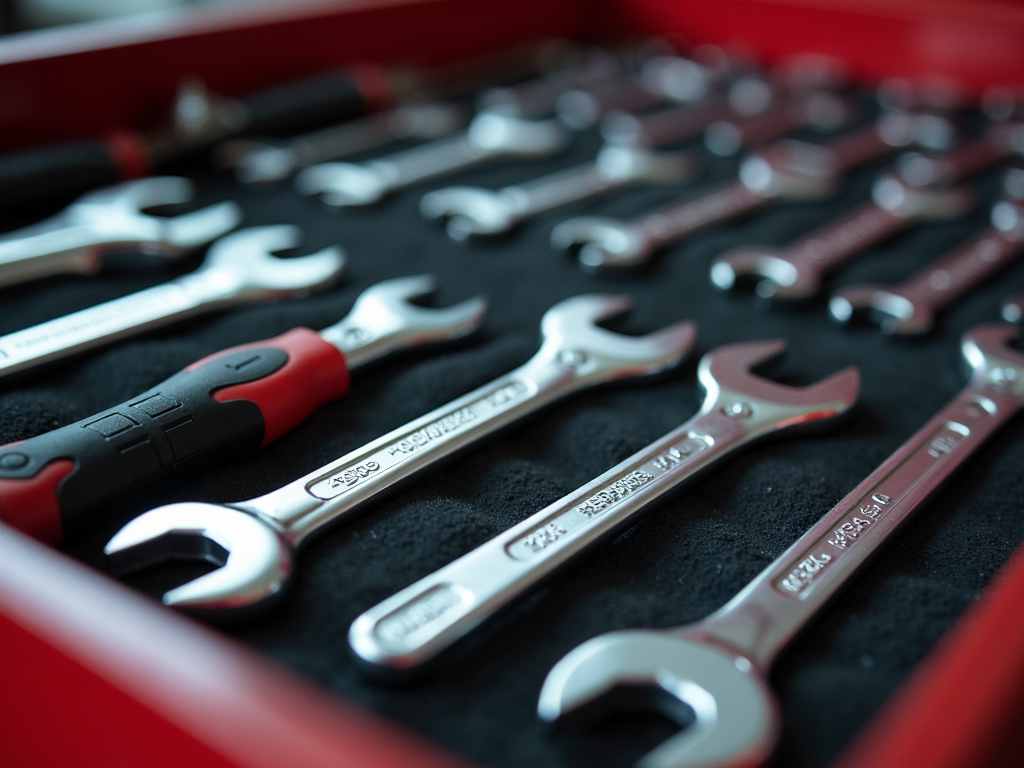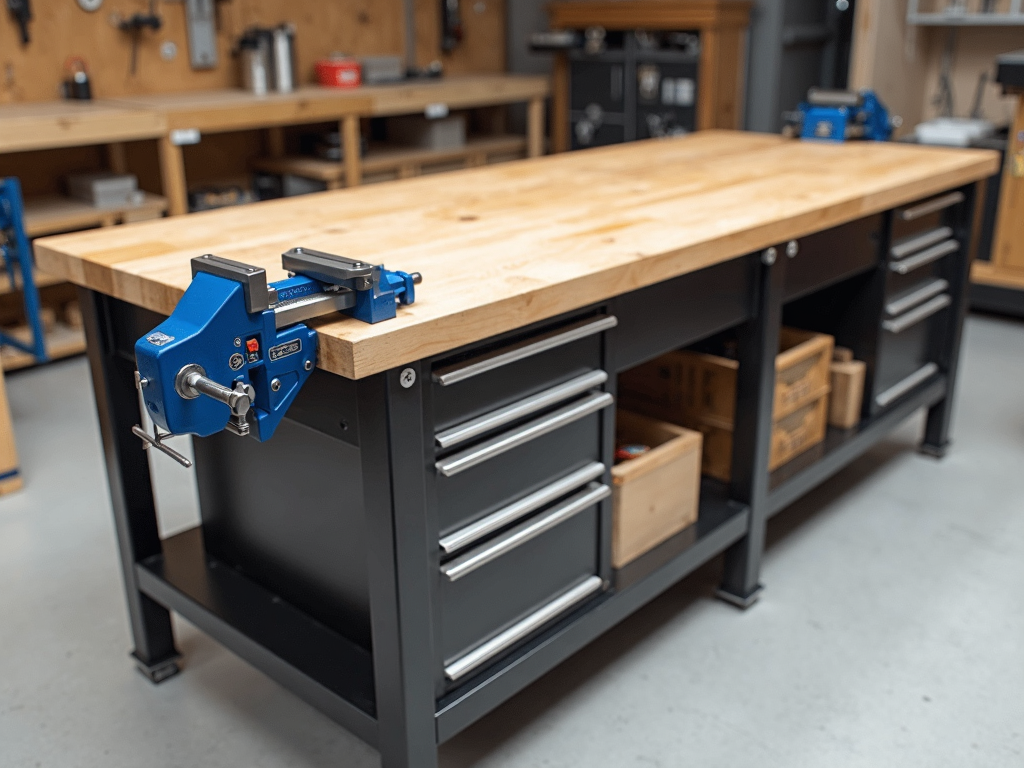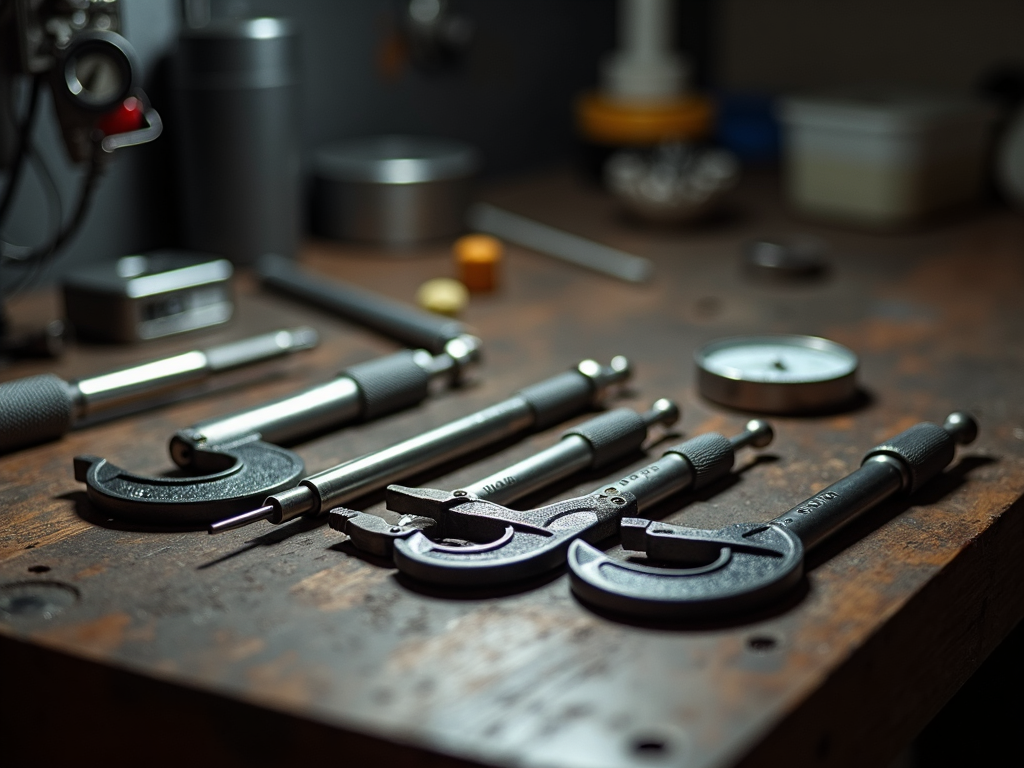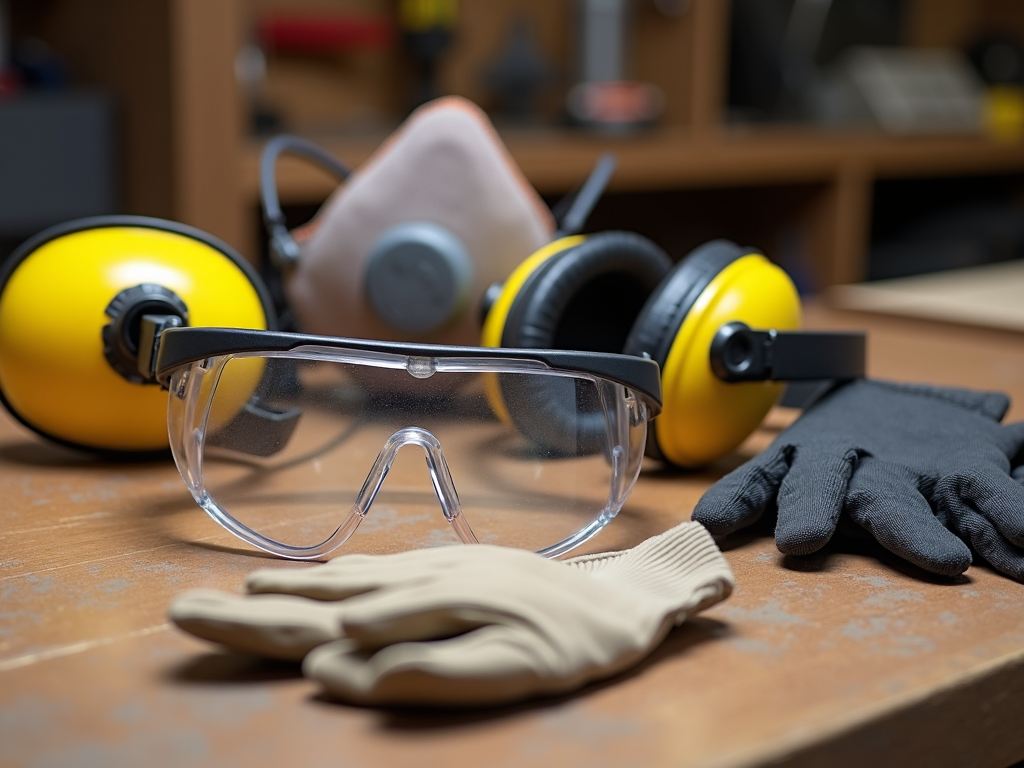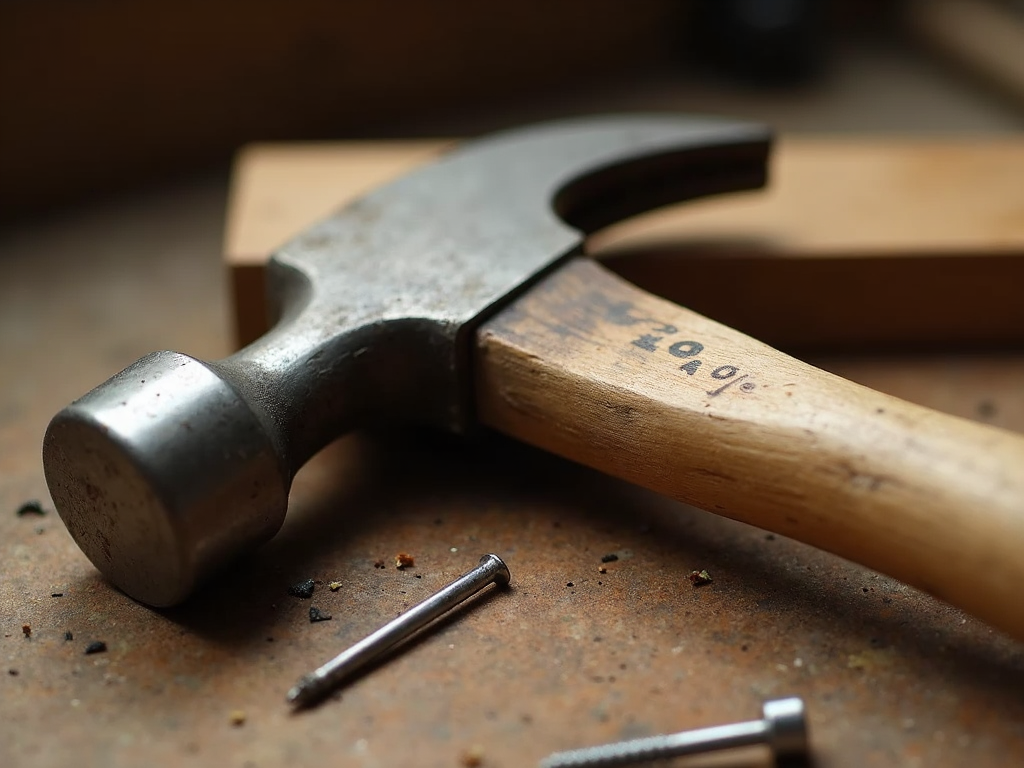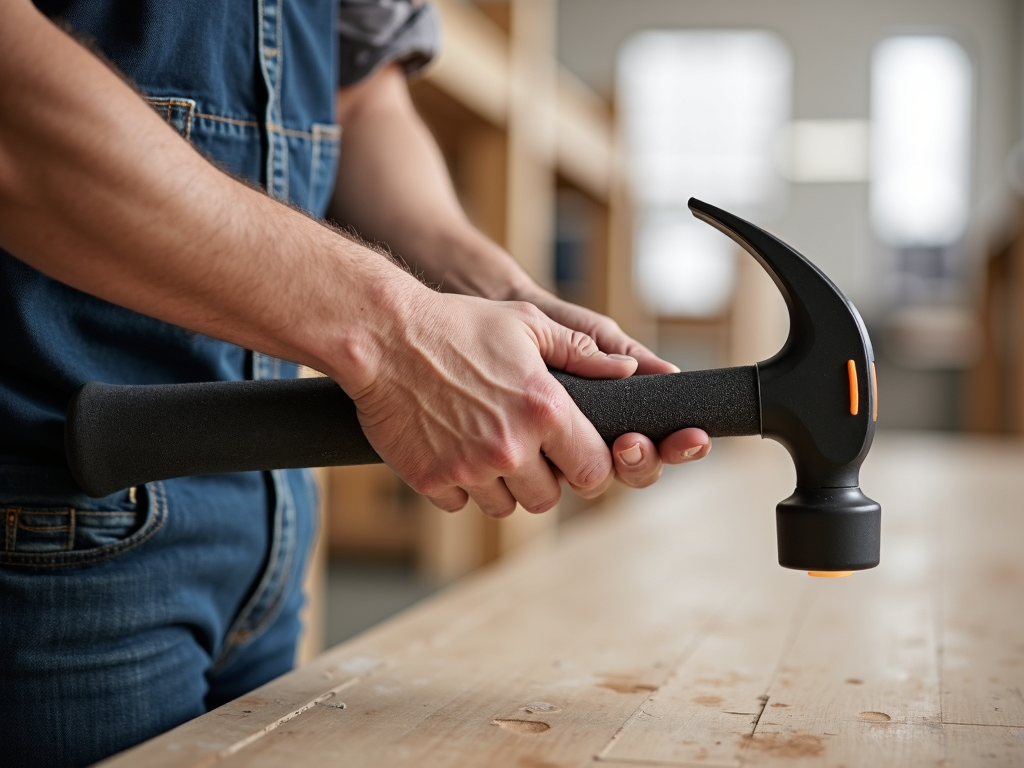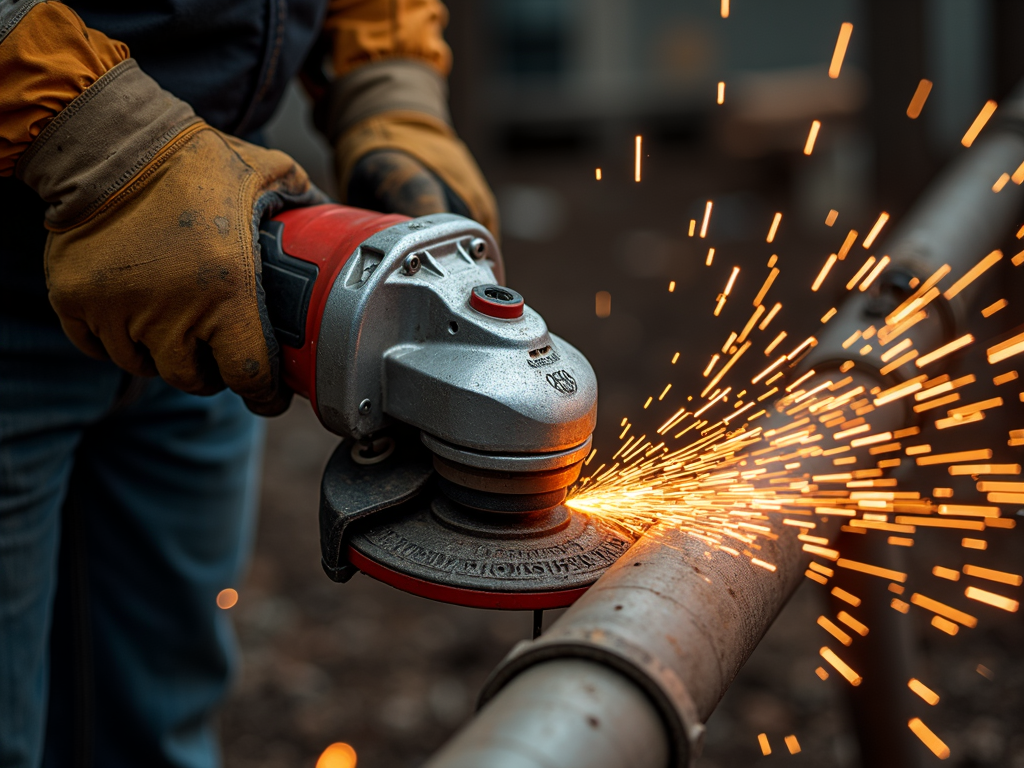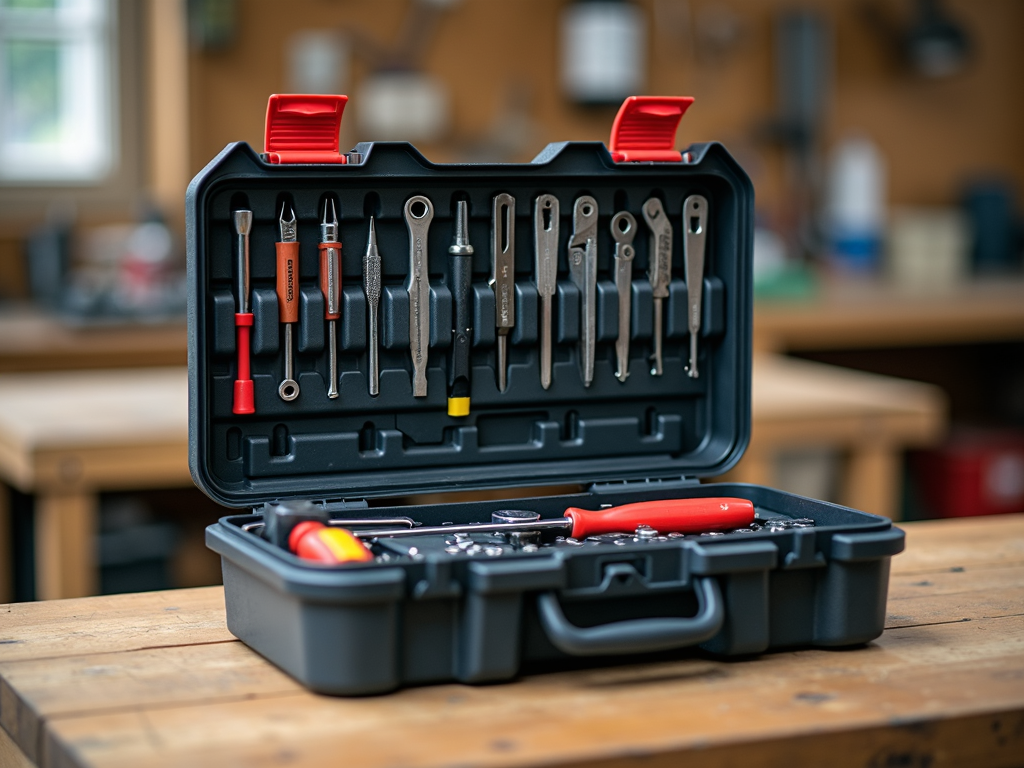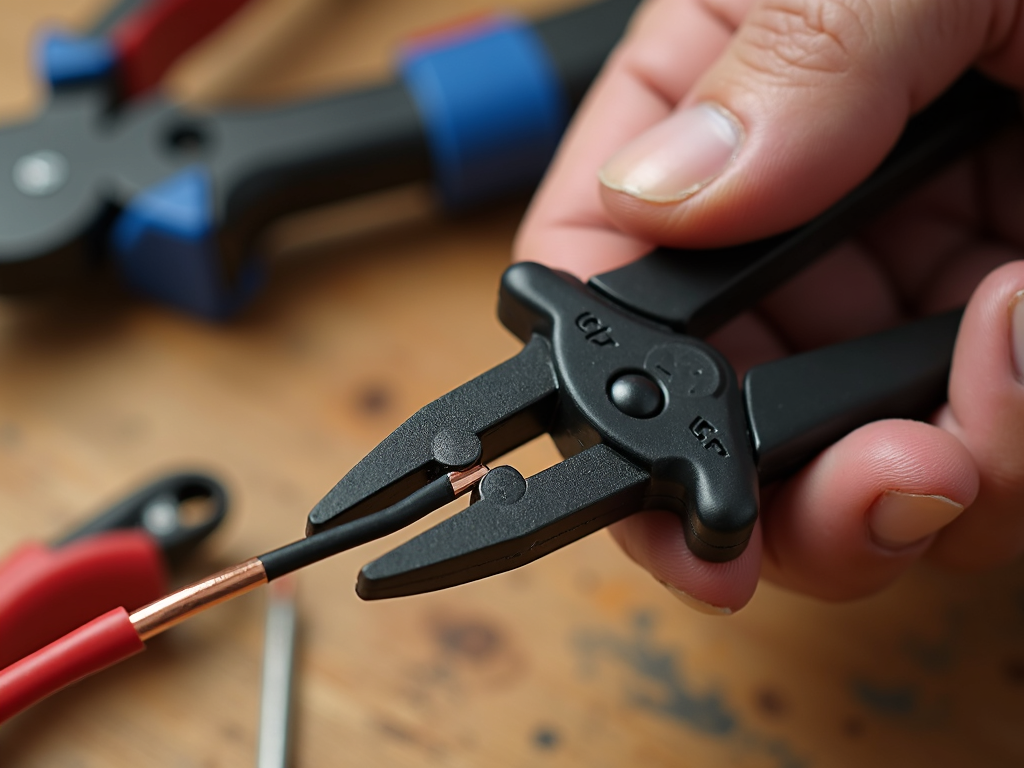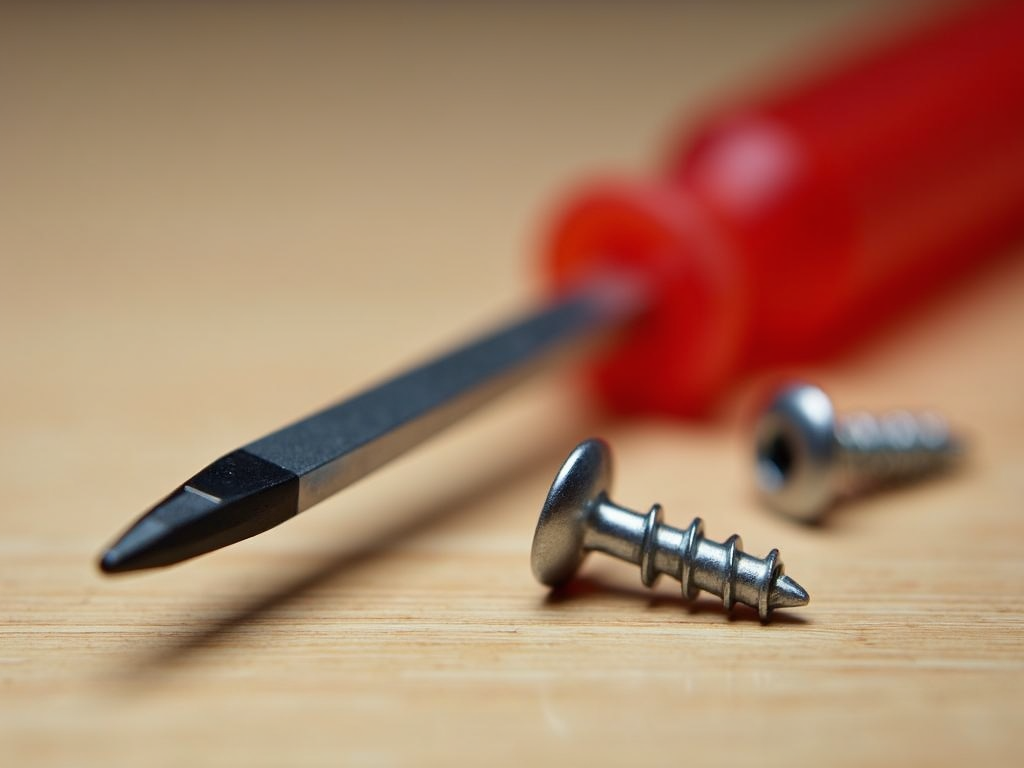Overview
Picking the right multimeter can feel overwhelming with so many choices out there. Whether you're fixing a car, wiring a home, or just tinkering with electronics, this tool is a must-have. This article will walk you through everything you need to know to choose the best multimeter for your projects, from types to features and safety tips.
What’s a Multimeter and Why Do You Need One?
A multimeter is a handy device that measures things like voltage, current, and resistance. Think of it as a Swiss Army knife for electrical tools. It’s perfect for troubleshooting and repair, whether you’re testing a dead outlet or figuring out why your gadget won’t turn on. I’ve used one to fix a broken lamp—it saved me from guessing what was wrong.
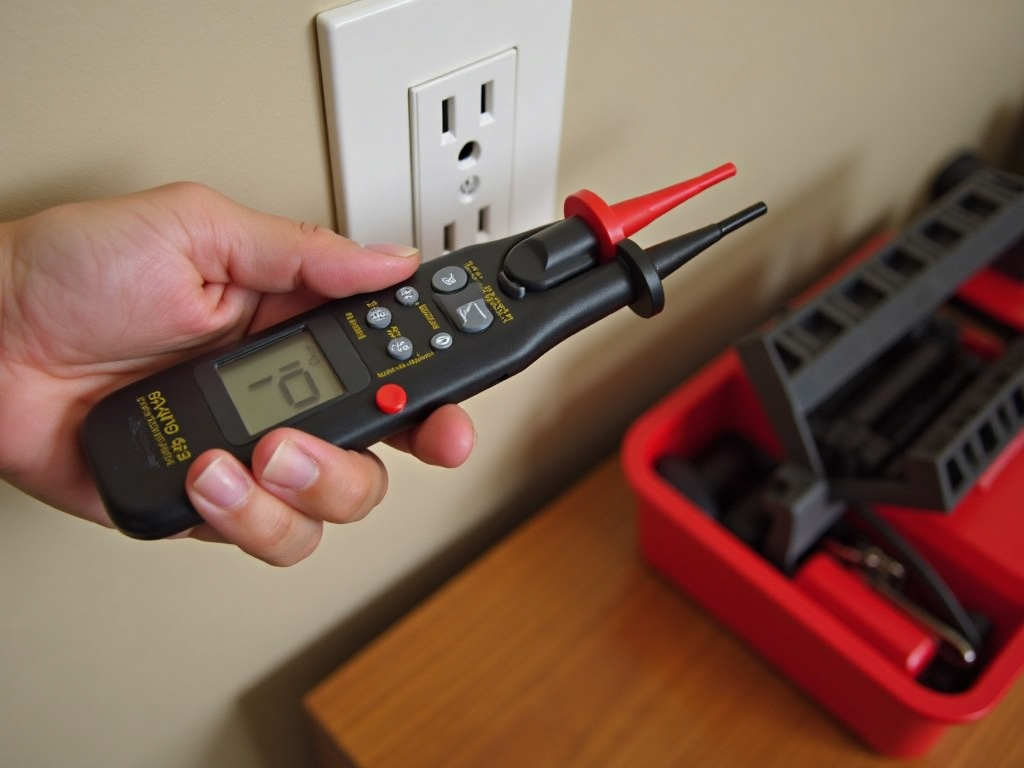
Analog vs. Digital Multimeters
Multimeters come in two flavors: analog and digital.
-
Analog Multimeters: These have a needle that moves across a scale. They’re great for watching trends, like a flickering voltage, because the needle moves smoothly. But reading them takes practice—I struggled with one as a beginner.
-
Digital Multimeters (DMMs): These show numbers on a screen. They’re easier to read and often have cool extras like auto-ranging, which picks the right setting for you. I switched to a digital one years ago and never looked back.
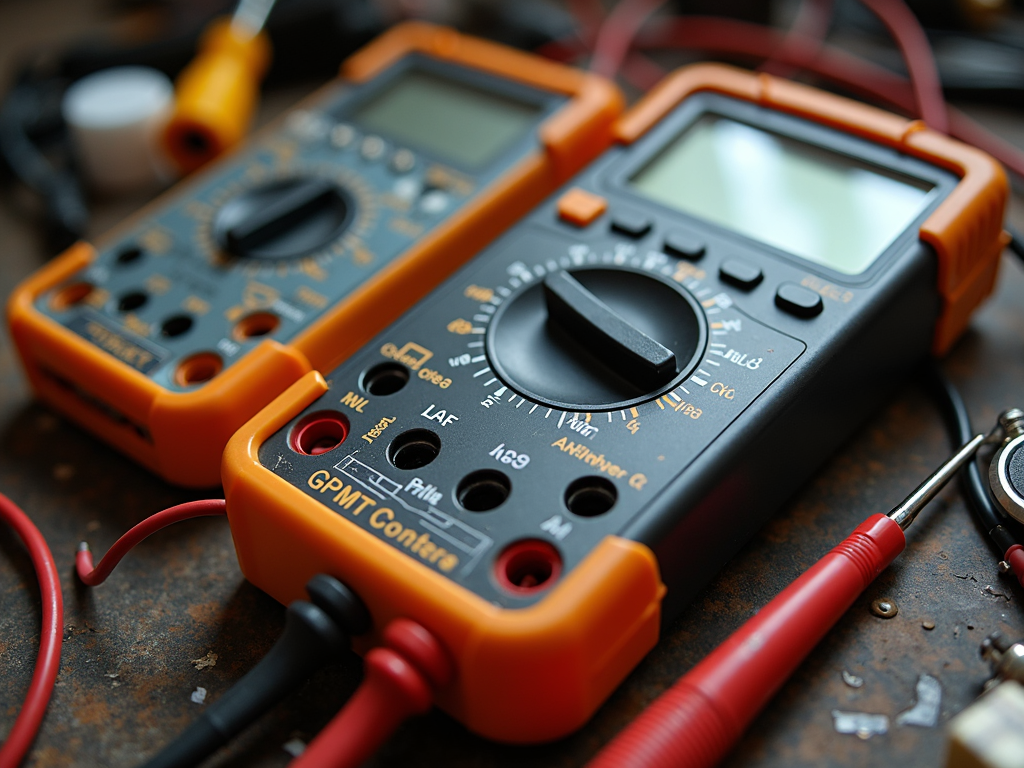
Must-Have Features to Look For
Not all multimeters are the same. Here’s what to check before you buy:
-
Accuracy: You want measurements you can trust. Look for something with a low error rate, like ±0.5%. I learned this the hard way when a cheap model gave me wrong readings.
-
Range: Make sure it covers what you’ll measure. A good one handles up to 600 volts for home use.
-
Safety Ratings: These are labeled CAT I to CAT IV. CAT III or IV is best for serious electrical work—I use CAT III for home wiring.
-
Extra Features: Some measure temperature or test capacitors. I love my continuity buzzer—it beeps when a circuit’s complete.
-
Build Quality: A tough case is key if you’re clumsy like me. Rubber edges save it from drops.
-
Ease of Use: A big, lit-up screen helps in dim spots. Buttons should feel simple, not confusing.
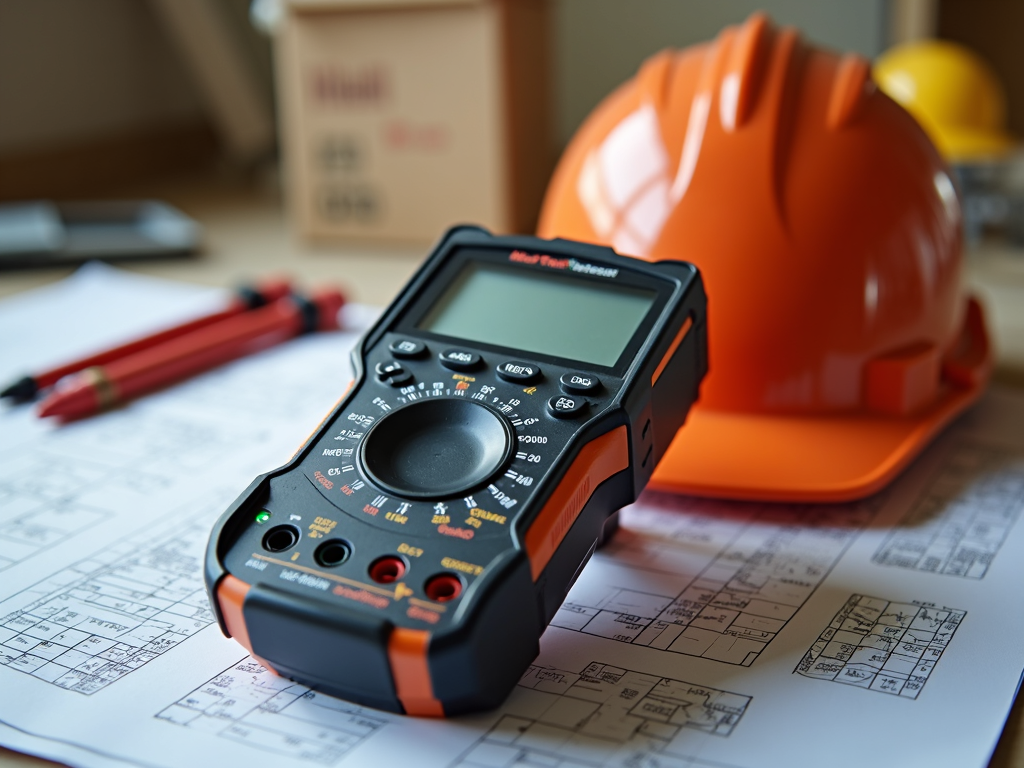
Matching a Multimeter to Your Needs
Your projects decide the multimeter you need. Here’s a breakdown:
| Who You Are | Best Choice | Why It Works |
|---|---|---|
| Hobbyist/DIYer | Basic digital with auto-ranging | Simple, affordable, covers the basics |
| Professional | Advanced digital with true RMS, high CAT rating | Precise, safe for big jobs |
| Car Enthusiast | Digital with RPM and dwell angle features | Perfect for engine and wiring fixes |
I started with a basic model for small fixes, but upgraded when I took on bigger electrical tools for troubleshooting and repair.
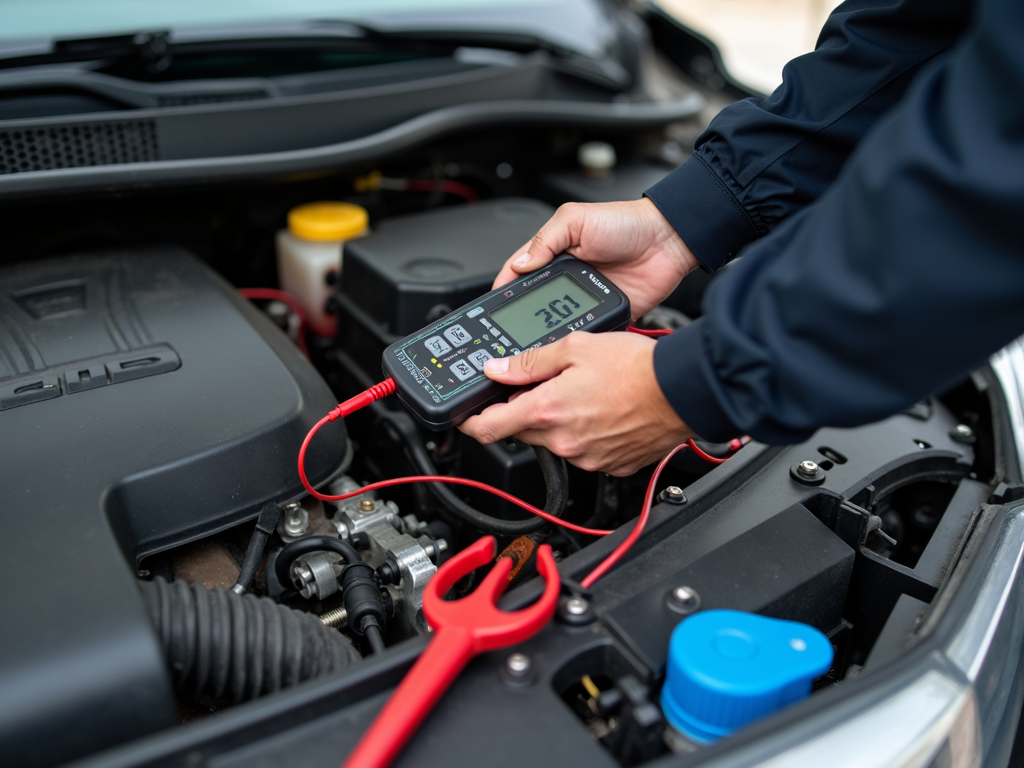
How to Use a Multimeter Safely
Electricity isn’t a toy—safety comes first. Here’s what I always do:
-
Read the Instructions: Every multimeter’s a little different. The manual is your friend.
-
Check It First: Look for cracked cases or frayed leads. I tossed one once because the probe was damaged.
-
Set It Right: Wrong settings can fry the tool—or you. Double-check before you start.
-
Stay in Limits: Don’t test 240 volts with a 200-volt max multimeter. I stick to my tool’s CAT rating.
-
Gear Up: Gloves and glasses aren’t overkill for big jobs. Better safe than sorry.
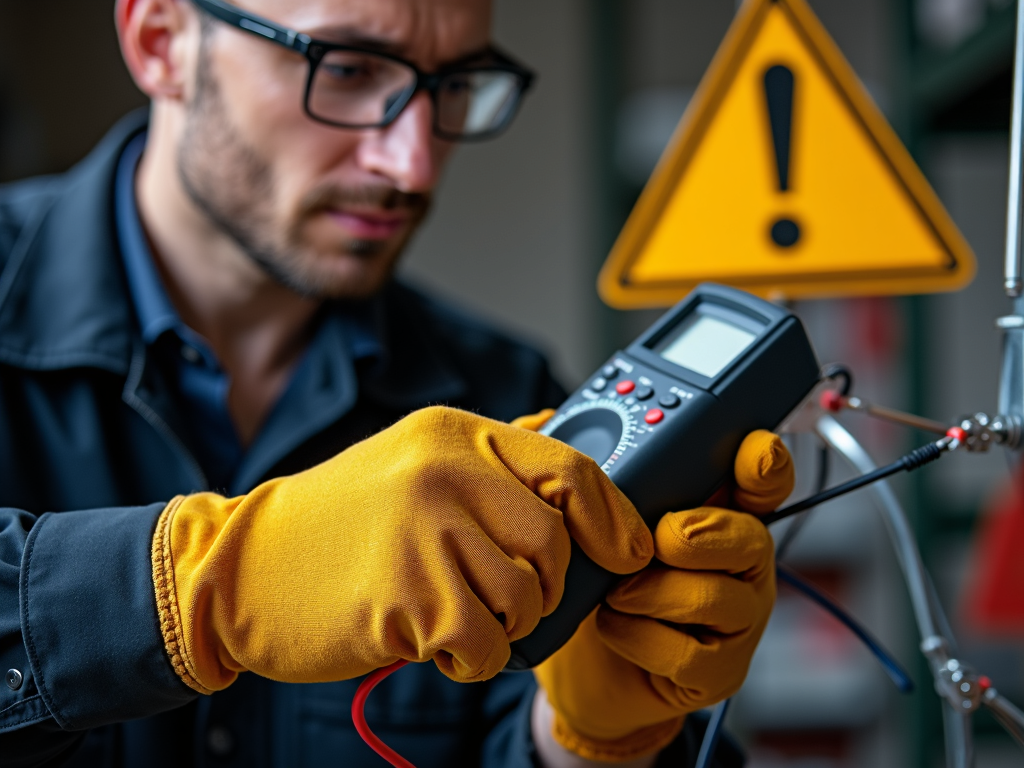
Keeping Your Multimeter in Top Shape
A good multimeter lasts if you treat it right. Here’s my routine:
-
Calibrate It: I get mine checked yearly at a shop to keep it accurate.
-
Clean It Up: Wipe off dust and grime. Dirty leads can mess up readings.
-
Store It Smart: Mine lives in a drawer, away from heat and wet spots.
-
Battery Check: Dead batteries ruin your day. I swap mine out every few months just in case.

My Two Cents From Years of Use
I’ve burned through a few multimeters—cheap ones that broke fast and fancy ones I didn’t need. The sweet spot? A solid mid-range digital model with a CAT III rating and a few extras like continuity testing. It’s versatile for workman tools and home fixes. Start with what fits your budget and skills, then upgrade as you grow. You’ll feel the difference when you’re not fumbling with a bad tool.

Where to Buy and What to Spend
You can grab a multimeter at hardware stores, online, or specialty shops. Prices range from $10 to over $200. For most folks, $30-$50 gets you a reliable one—I snagged mine at a local store after reading reviews. Don’t skimp too much; a good tool pays off in the long run. Check sites like Fluke or Klein Tools for quality options.
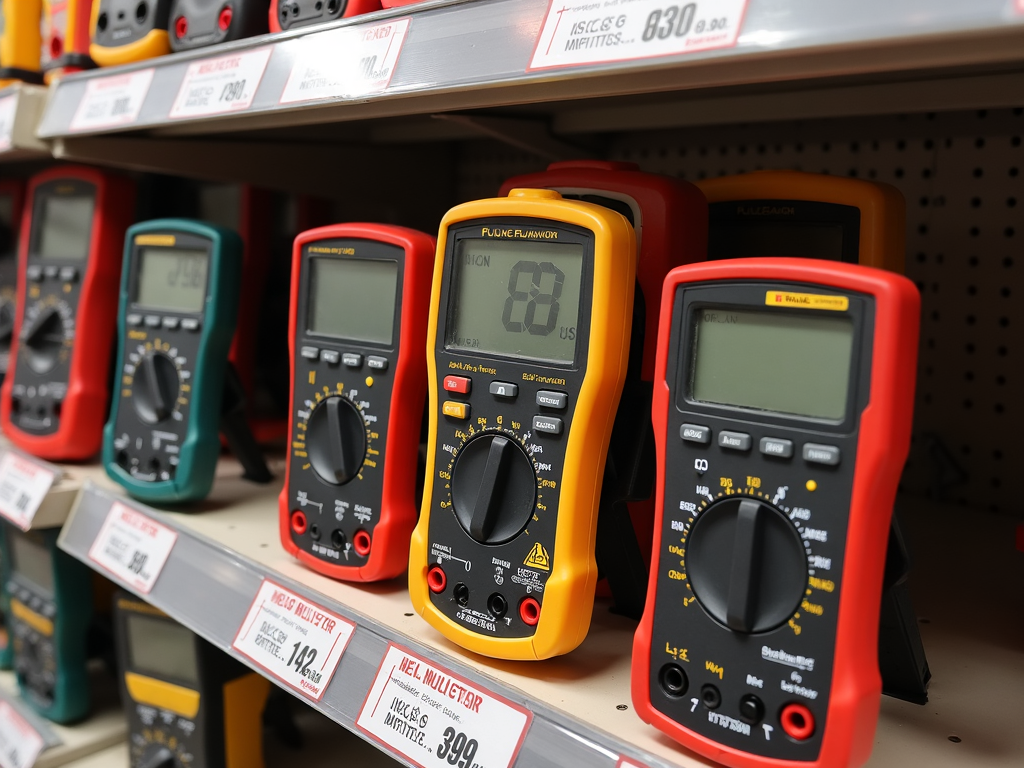
Summary
Finding the right multimeter doesn’t have to be hard. Know what you’ll use it for—hobby projects, pro electrical tools, or car repairs—and pick one with the right features. Focus on accuracy, safety, and ease of use, and keep it in good shape. With a solid multimeter, you’re ready to tackle any electrical challenge confidently.
Related How to Pick the Right Multimeter for You:
- Painting Like a Pro: Essential Tools and How to Care for Them
- The Ultimate Guide to Choosing the Right Wrench for Every Job
- Comprehensive Guide to Tool Maintenance and Care Tips
- The Evolution of Workbenches: From Basic to Advanced Designs
- Precision Tools for Every Craftsman: A Comprehensive Guide
- Safety Tips for Workshop Enthusiasts: A Comprehensive Guide
- Types of Hammers for Different Projects: A Comprehensive Guide
- A Guide to Preventing Work-Related Injuries with Ergonomic Tools
- Top 10 Power Tools Every DIYer Needs
- Guide to Extending the Life of Your Hand Tools
- Comprehensive Guide to Electrical Tools: Everything You Need to Know
- Understanding Different Types of Screwdrivers: A Comprehensive Guide

